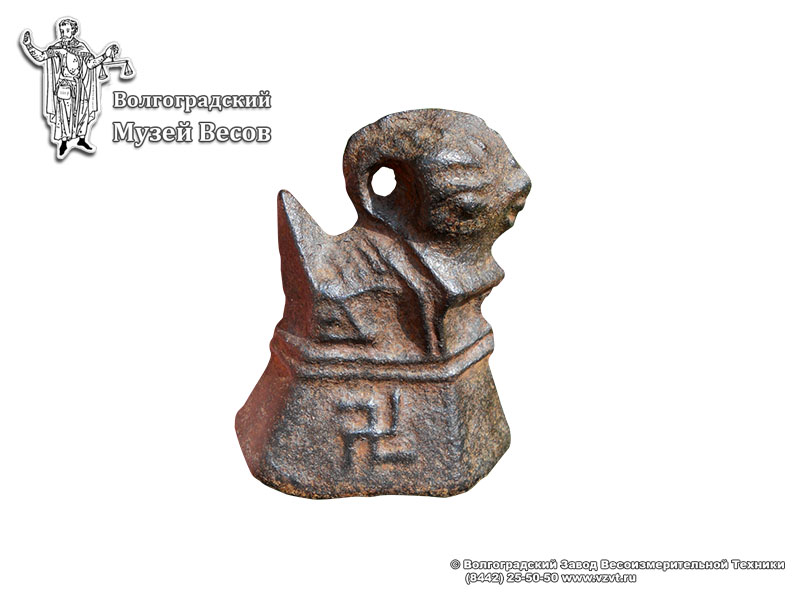Antique oriental weights
The system of measures of weight in the countries of Asia has been radically differed from that existing in Europe and Russia. The Muslim measure of weight, miskal, the Chinese measure- fen, the Indian measure -ser, the Turkish measure - occa and all the others are reflected in the ancient oriental weights. Due to the conquests of Alexander the Great (4th century BC), ancient Greek measures of weight, such as drachma and carat, also entered the Asia territory. Antique oriental weights were often made in form of animals. So, for example, the favorite form of weights by the ancient Egyptians was a cow, and in Mesopotamia weights were made in the form of ducks and lions. However, the tradition of using zoomorphic images in the manufacture of weights existed in Asia until the 20th century. Photos of ancient oriental weights are presented on this page.
The system of measures of weight in the countries of Asia has been radically differed from that existing in Europe and Russia. The Muslim measure of weight, miskal, the Chinese measure- fen, the Indian measure -ser, the Turkish measure - occa and all the others are reflected in the ancient oriental weights. Due to the conquests of Alexander the Great (4th century BC), ancient Greek measures of weight, such as drachma and carat, also entered the Asia territory. Antique oriental weights were often made in form of animals. So, for example, the favorite form of weights by the ancient Egyptians was a cow, and in Mesopotamia weights were made in the form of ducks and lions. However, the tradition of using zoomorphic images in the manufacture of weights existed in Asia until the 20th century. Photos of ancient oriental weights are presented on this page.


















